Index
- Point of View/TGT GTX 680 Ultra Charged tested
- Packaging
- A closer look at GTX 680 Ultra Charged
- Testbed
- 3DMark11
- Crysis 2
- Aliens vs Predator
- Metro 2033
- Tessellation: Uigine Heaven
- GPU Boost and Auto Overclocking
- Memory clocks – Ref. or OC ?
- Overclocking, Thermals, Noise, Consumption
- Conclusion
- All Pages
GTX 680 Ultra Charged is factory overclocked and that GPU clock is 1110MH. Memory clock is reference, which means that the memory runs at 1502MHz (6008MHz effectively). We overclocked the memory by 150MHz and ran with it since it worked well. However, we focused more on GPU overclocking.
The photo below shows PrecisionX, which says that the Ultra Charged’s Power Target value is factory boosted.
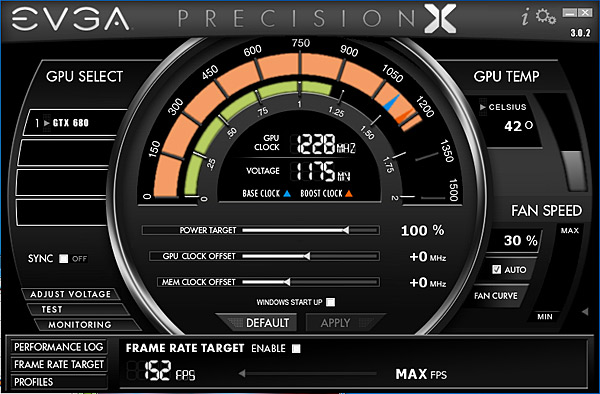
PowerTarget value can be additionally boosted by 12 percent. We could boost reference GTX 680 cards’ PowerTarget by 32 percent, which suggests that the Ultra Charged’s PowerTarget is factory set at 120 percent. Once the GPU is under load, voltage goes up to 1175mV, same like the reference GTX 680.
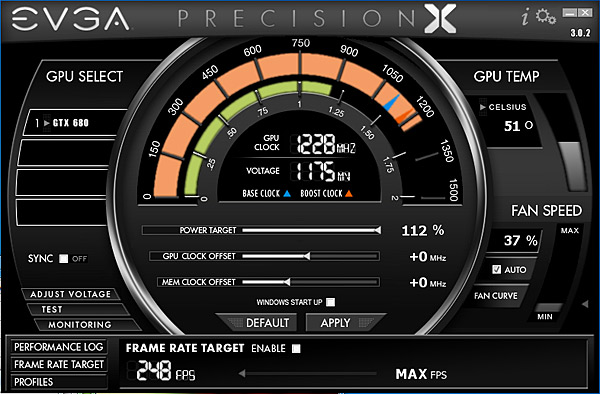
GTX 680 Ultra Charged’s cooler has three fans and runs great. Auto mode results in GPU temperatures up to 66°C. This is great considering that the GPU is up from reference 1006MHz to 1110MHz. Even better news is that the cooler is quiet when the card is under load as well. Note that reference cards run at about 80°C.
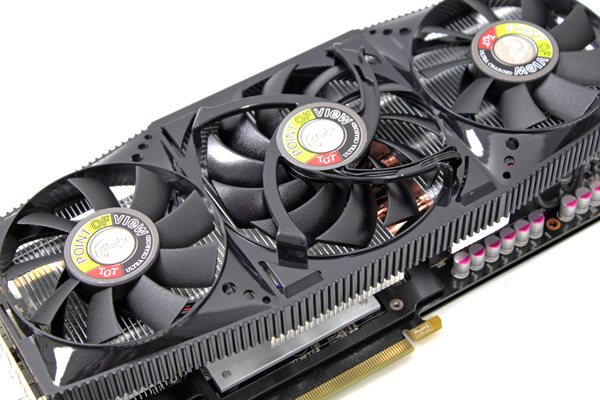
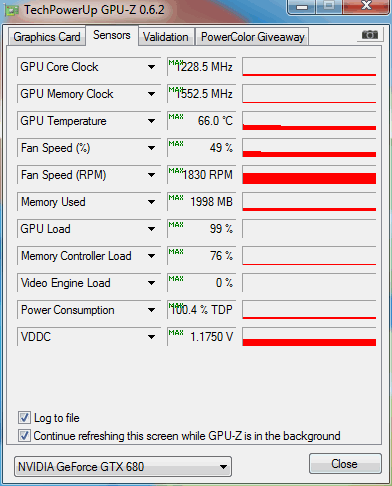
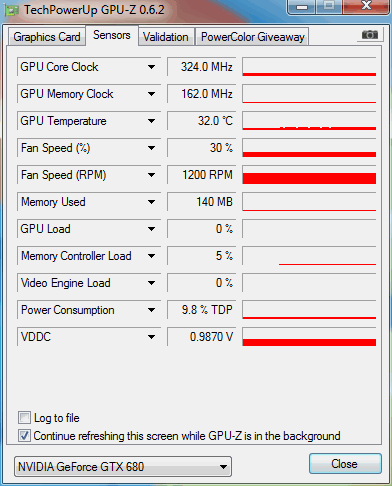
One can’t help but wonder about overclocking performance when the fans are sped up, especially since the cooler already runs great at 50 percent RPM. Unfortunately, increasing fan speed couldn’t help us get better overclocking results.
Running at 1180MHz, Unigine Heaven tended to crash at 100 percent RPM, but not when the fans are at 61 percent. We didn’t have enough time or adequate equipment to find the root of the problem. We thought that faster speed negatively affects cooling of PCB components or that the fans simply draw too much power.
Thankfully, there’s no need to worry – auto fan speed won’t exceed 50 percent RPM and the fans are quiet. Maximum GPU Clock Offset is +70MHz, but after some time you’ll notice some artifacts. The GPU was stable and ran happily at about 1160MHz.
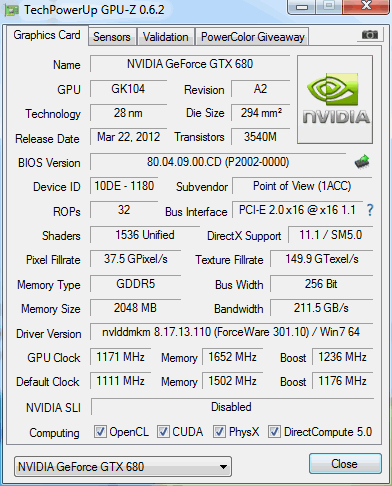
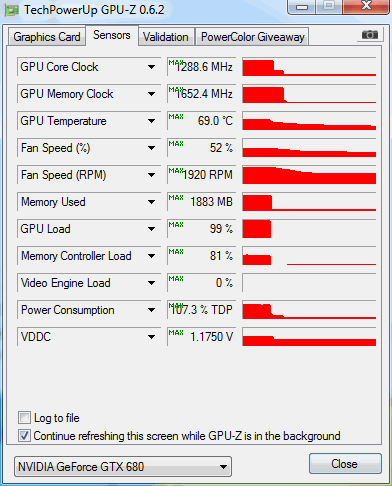
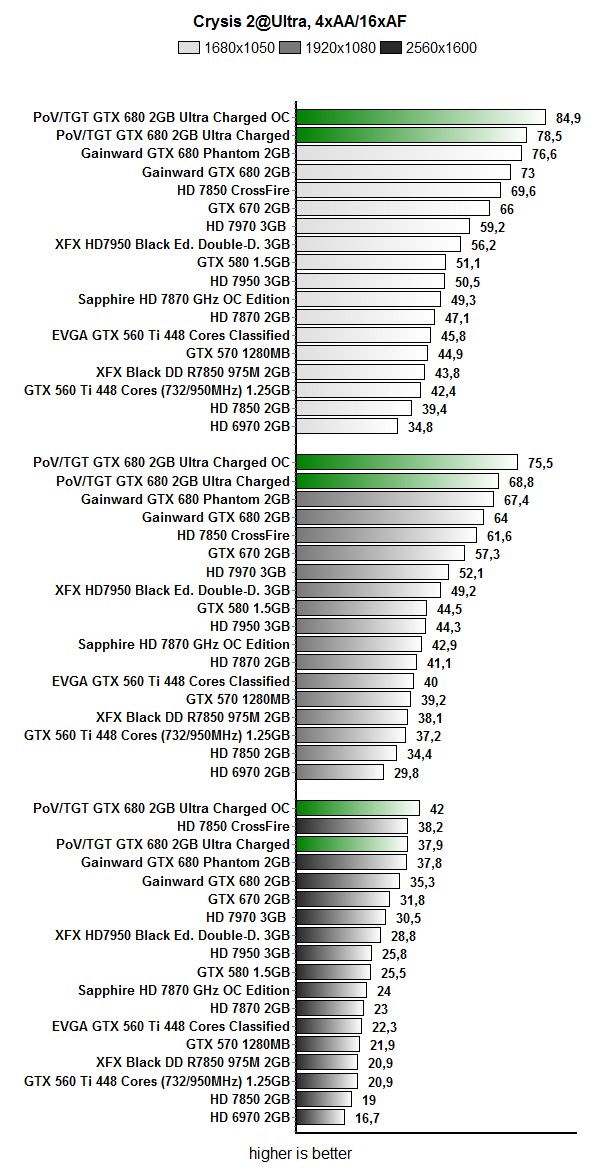
Consumption is not an issue since Nvidia did a good job designing its Kepler cards. Ultra Charged consumes about 20W more than the reference card, but the GPU runs 10 percent faster.




